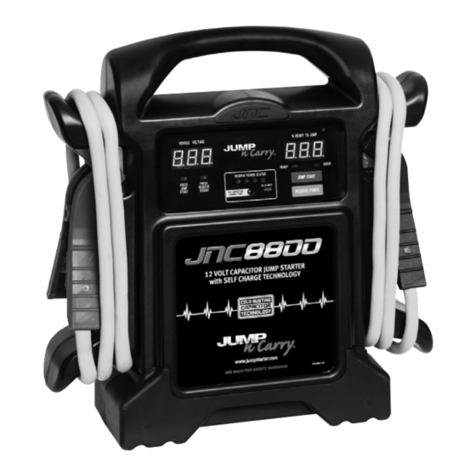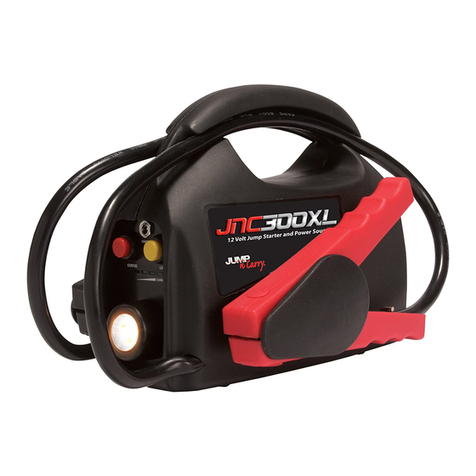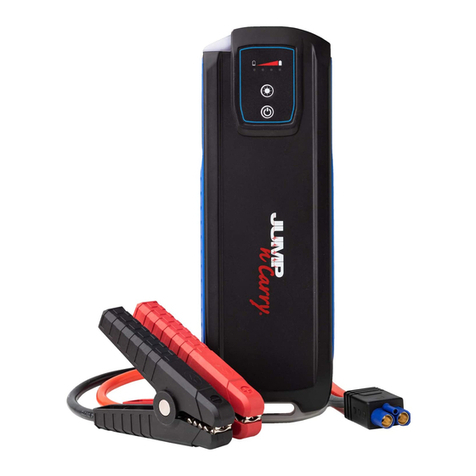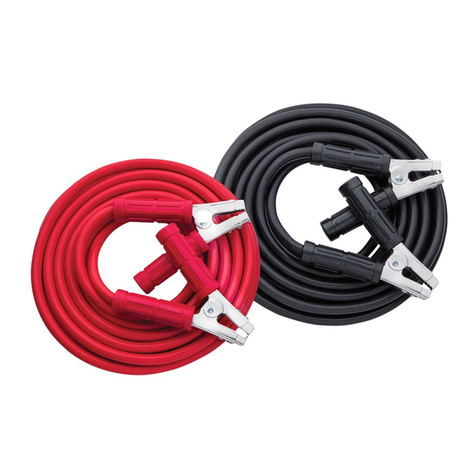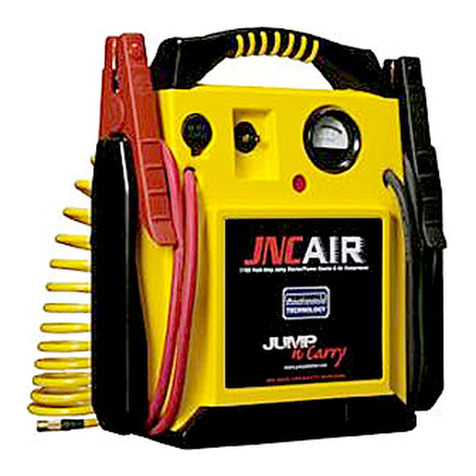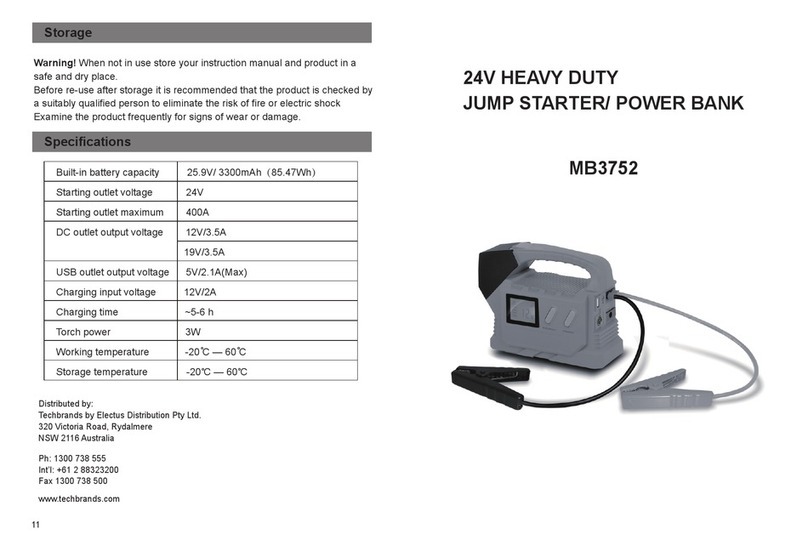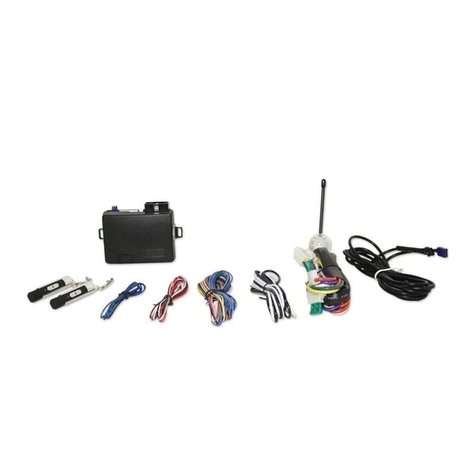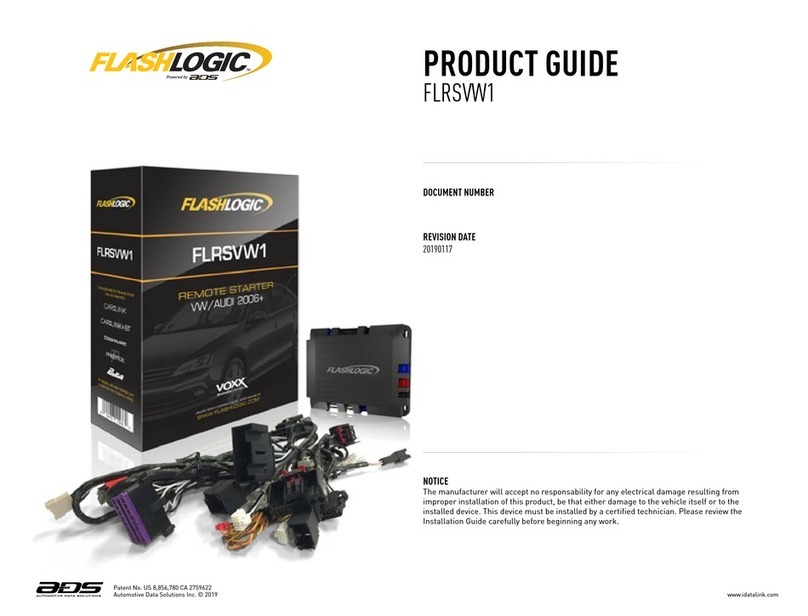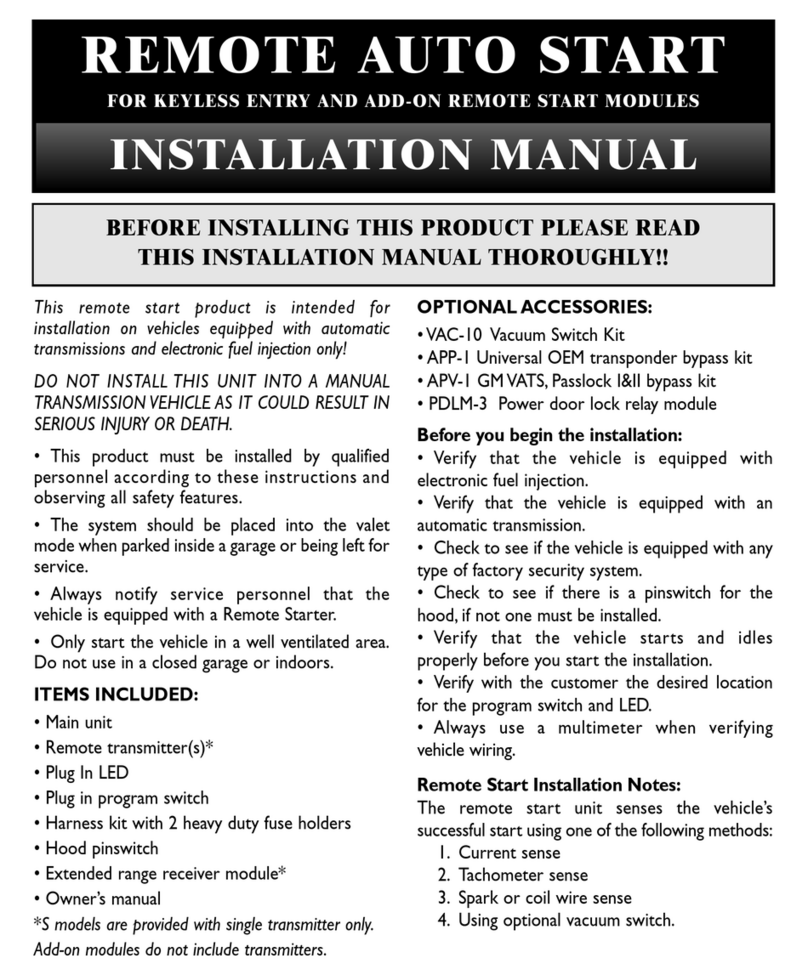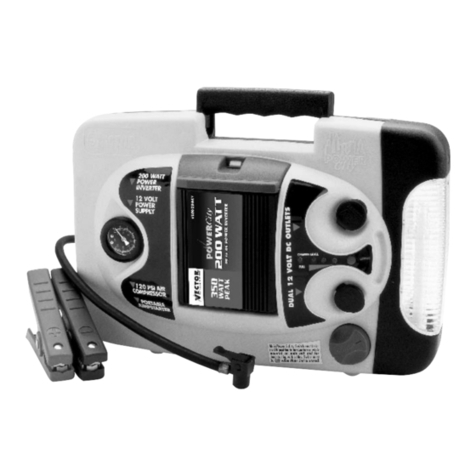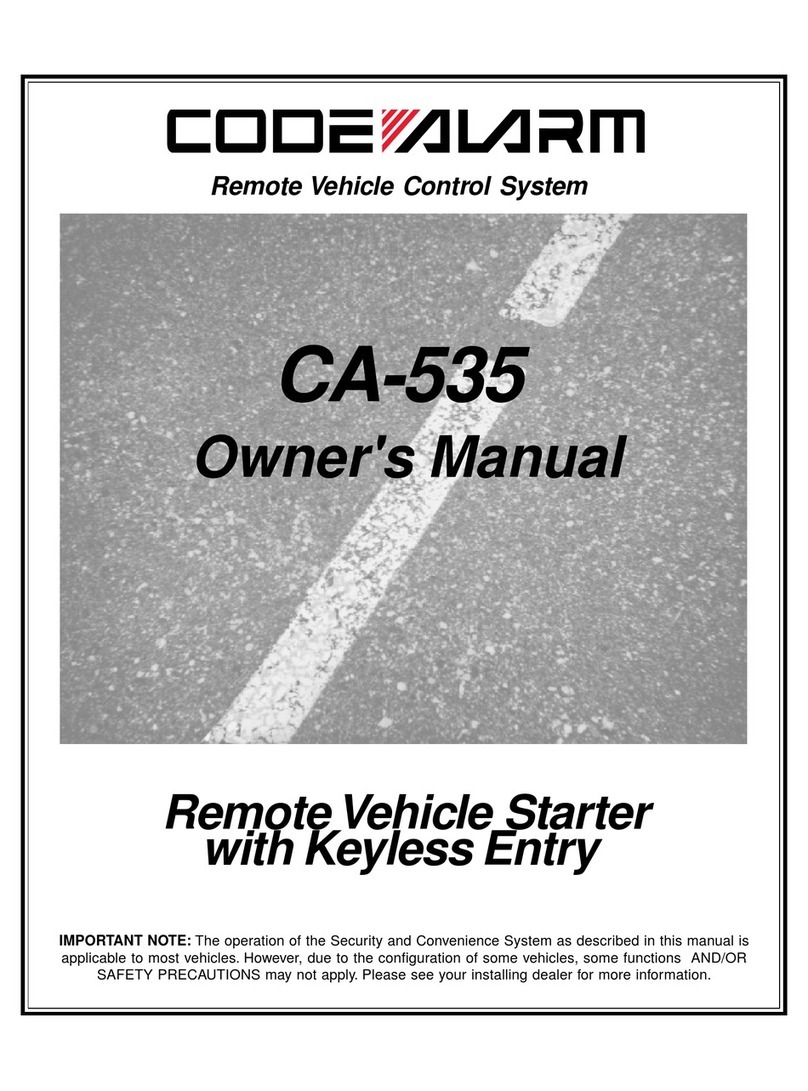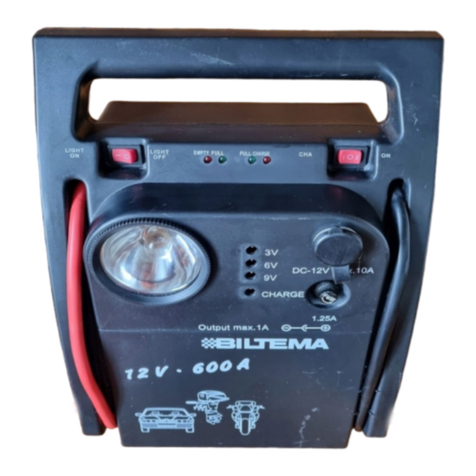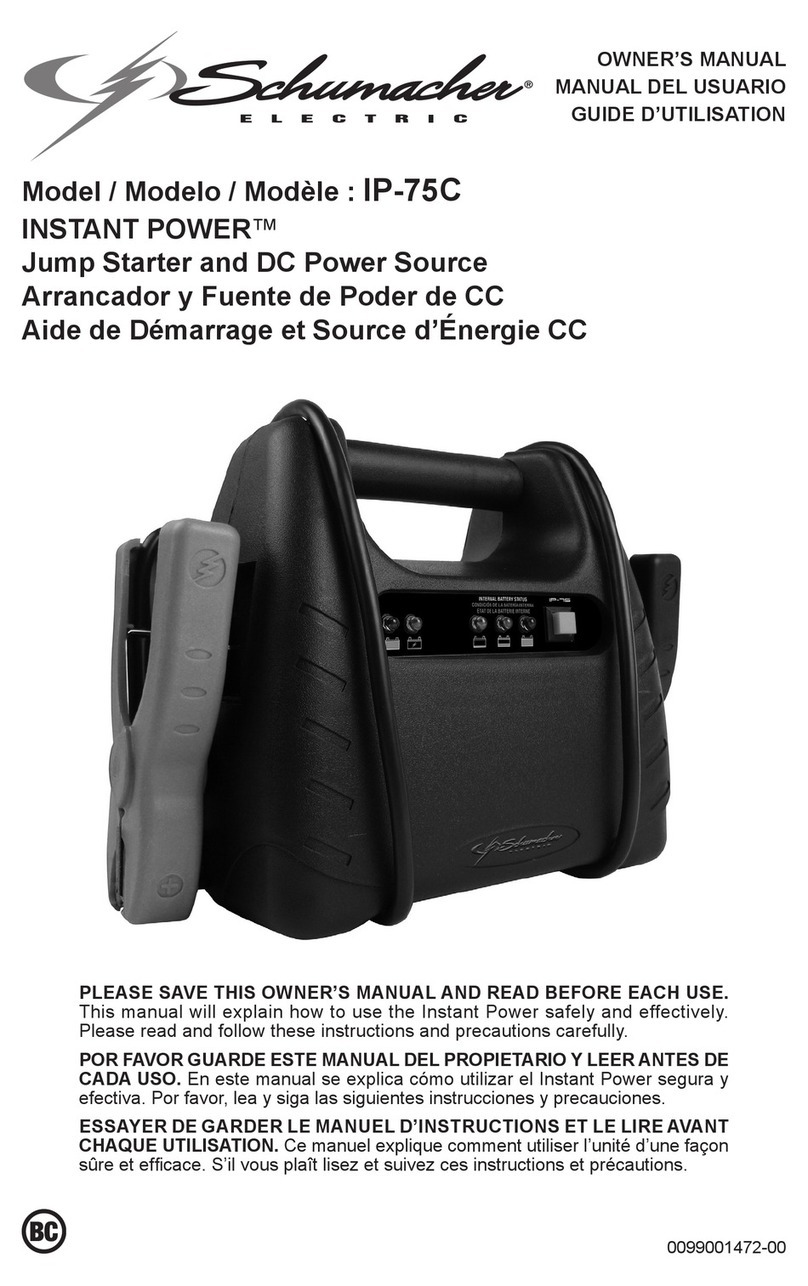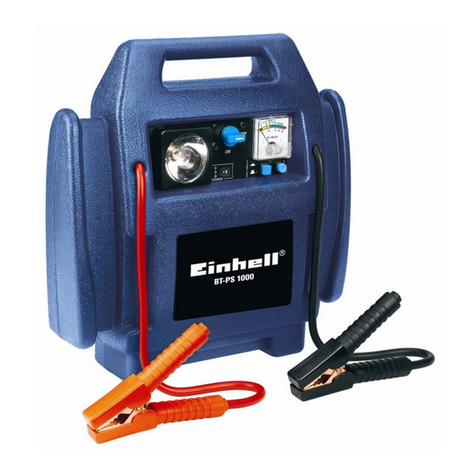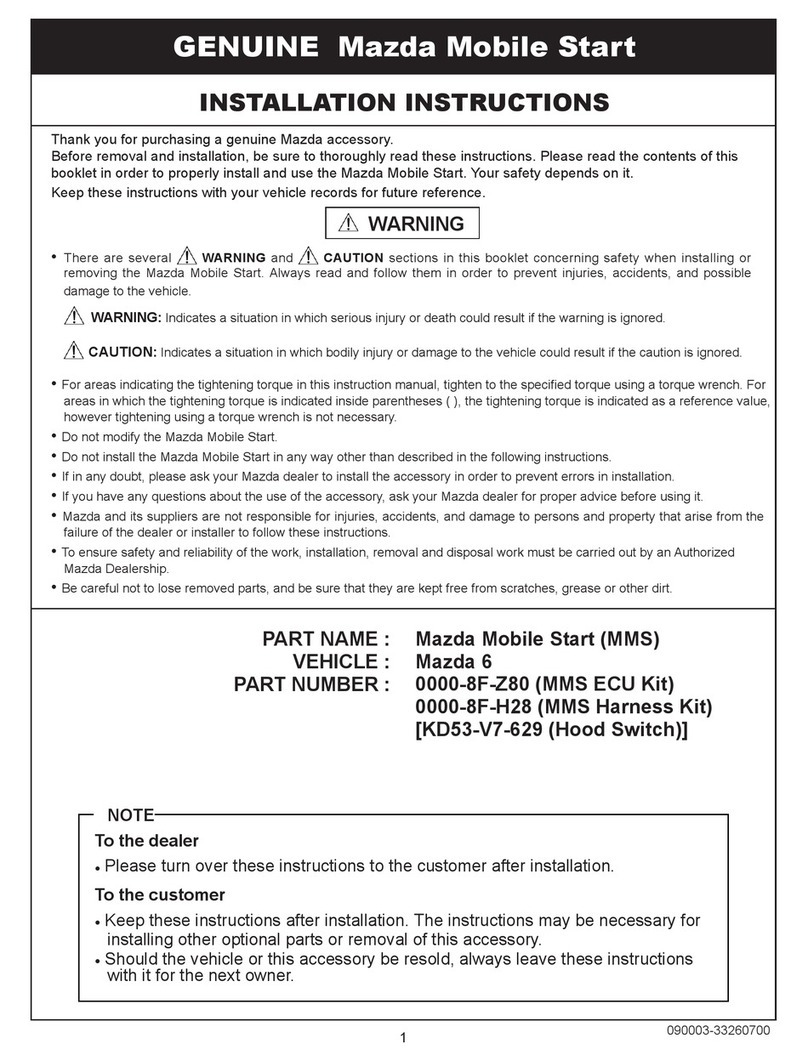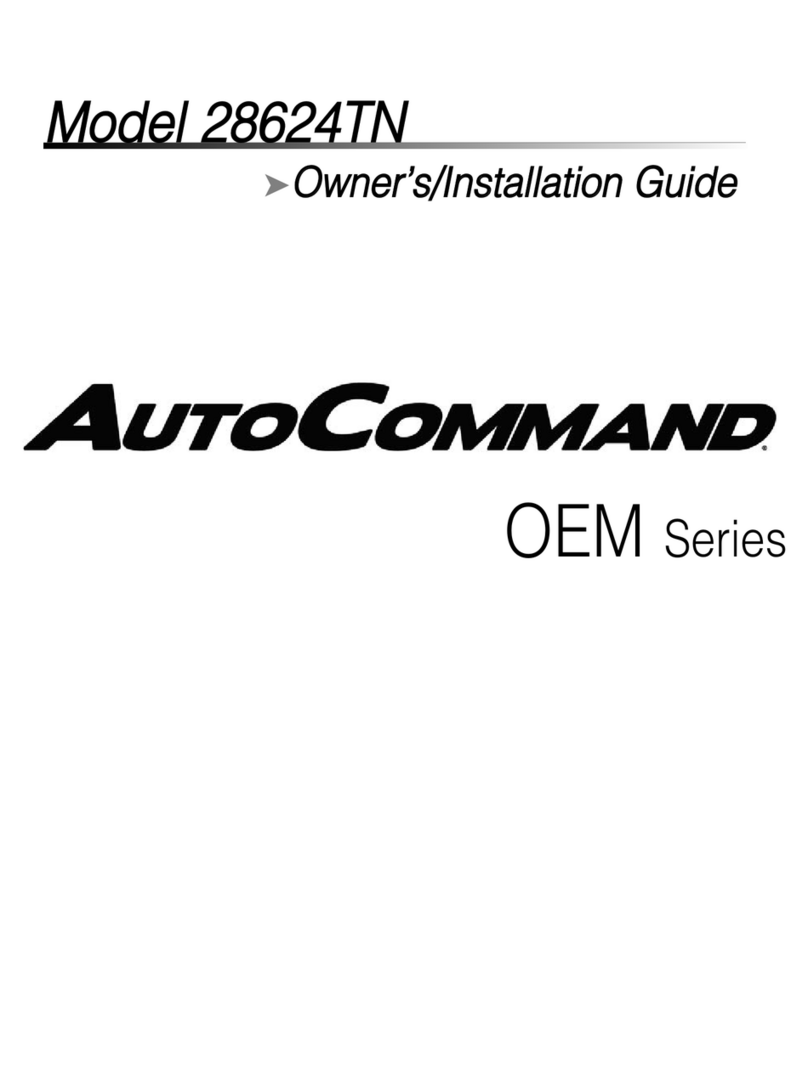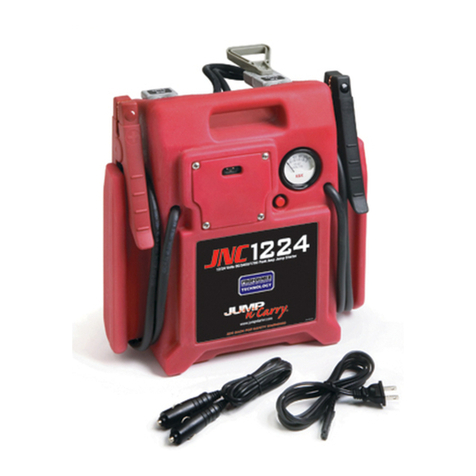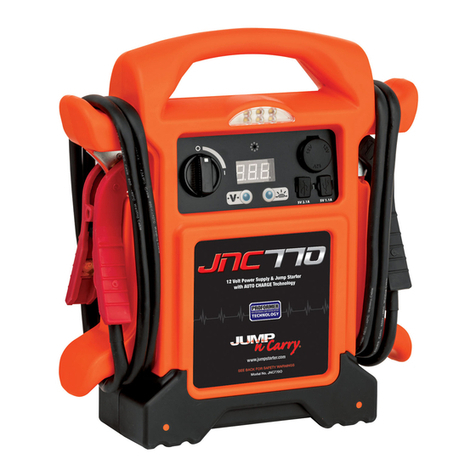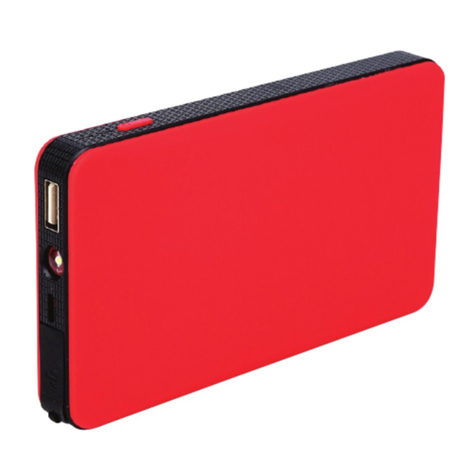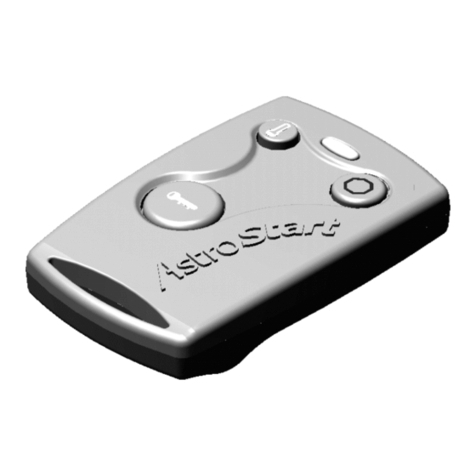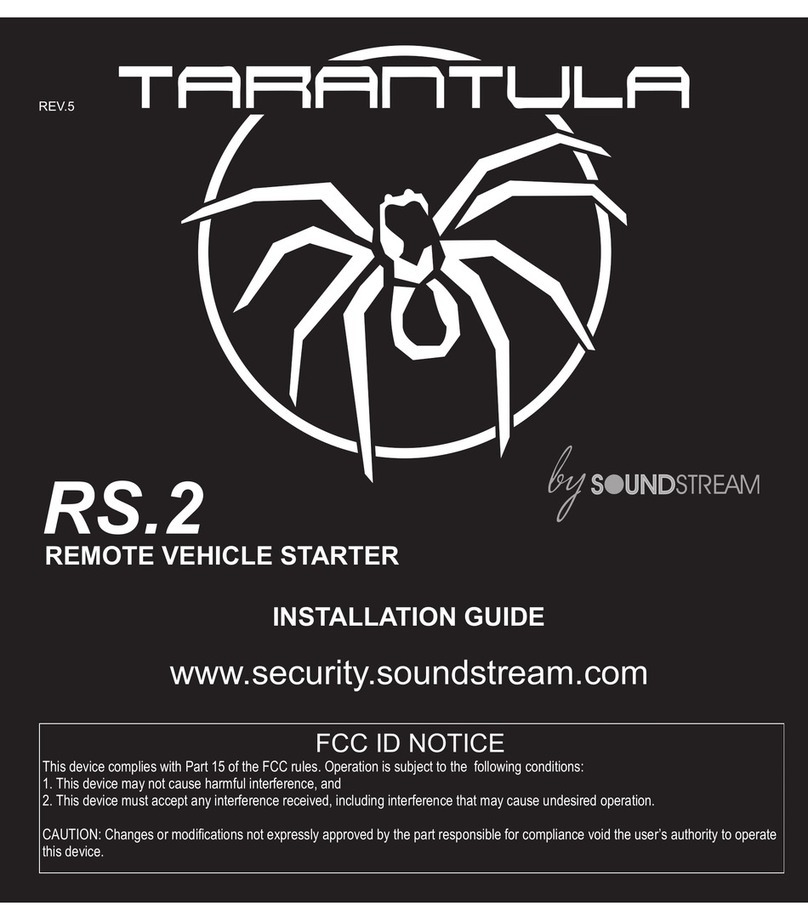
We have taken numerous measures in quality control and in our manufacturing
processes to ensure that your product arrives in top condition, and that it will perform
to your satisfaction. In the rare event that your product contains a damaged or missing
item, does not perform as specified, or requires warranty service.
This unit has a sealed lithium-based battery that should be kept at full charge.
Recharge when first received, immediately after each use, and every three months
if not used. Failure to perform maintenance charges may cause the battery life to be
reduced.
SAFETY SUMMARY
WARNING
Read these instructions completely before using the Jump Starter and save them for
future reference. Before using the Jump Starter to jump start a car, truck, boat or to power
any equipment, read these instructions and the instruction manual/safety information
provided by the car, truck, boat or equipment manufacturer. Following all manufacturers’
instructions and safety procedures will reduce the risk of accident.
Working around lead-acid batteries may be dangerous. Lead-acid batteries release
explosive gases during normal operation, charging and jump starting. Carefully read and
follow these instructions for safe use. Always follow the specific instructions in this manual
and on the Jump Starter each time you jump start using the Jump Starter.
All lead-acid batteries (car, truck and boat) produce hydrogen gas which may violently
explode in the presence of fire or sparks. Do not smoke, use matches or a cigarette
lighter while near batteries. Do not handle the battery while wearing vinyl clothing
because static electricity sparks are generated when vinyl clothing is rubbed. Review all
cautionary material on the Jump Starter and in the engine compartment.
Always wear eye protection, appropriate protective clothing and other safety equipment
when working near lead-acid batteries. Do not touch eyes while working on or around
lead-acid batteries.
When not using the unit to jump start, remove and properly store output cables. Leaving
clamps connected and improperly storing the unit may cause the clamps to come into
contact with each other or a common conductor, causing the battery to short and
generating high enough heat to ignite most materials.
Use extreme care while working within the engine compartment, because moving parts
may cause severe injury. Read and follow all safety instructions published in the vehicle's
Owner's Manual.
While the battery in the Jump Starter is a sealed unit with no free liquid acid, batteries
being jump started with the Jump Starter unit likely contain liquid acids which are
hazardous if spilled.
Failure to follow instructions may cause
damage or explosion, always shield eyes.
Read entire instruction manual
before use.
WARNING

